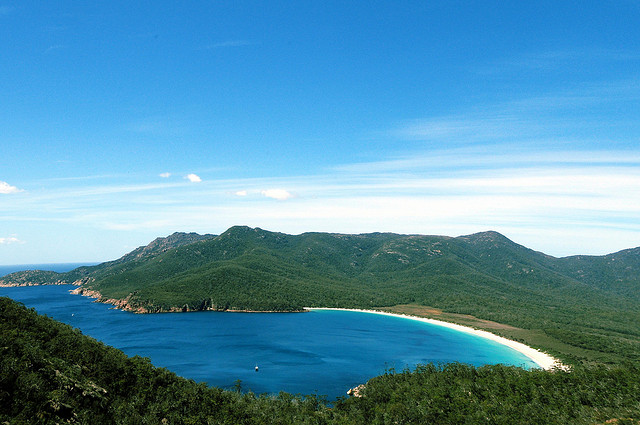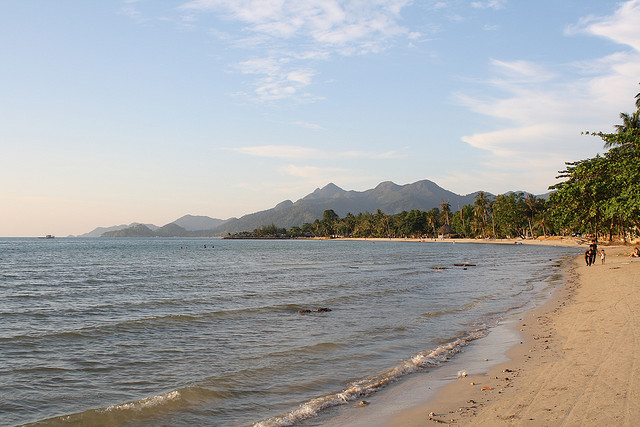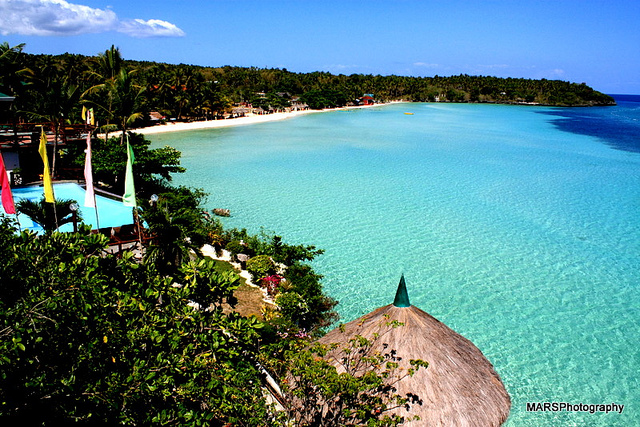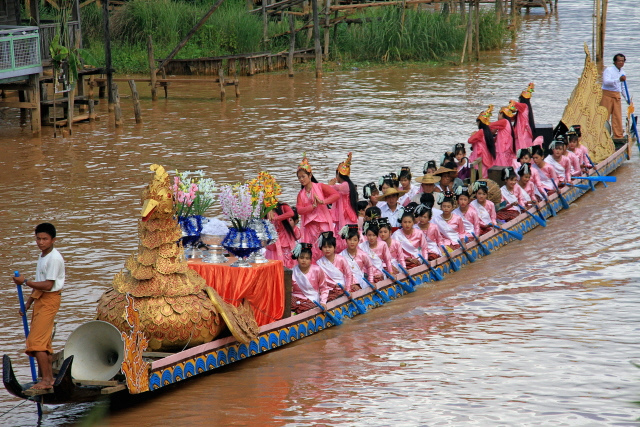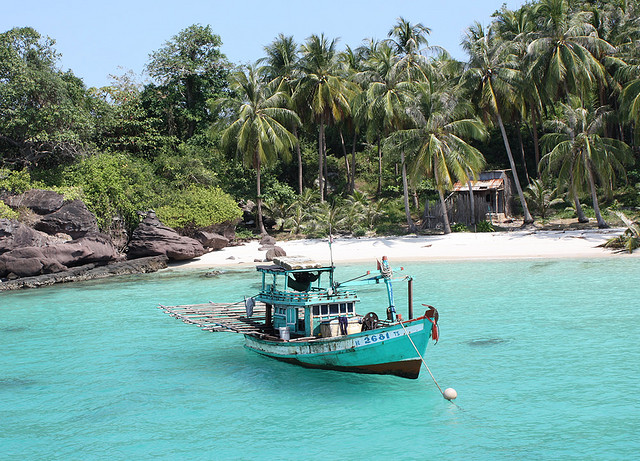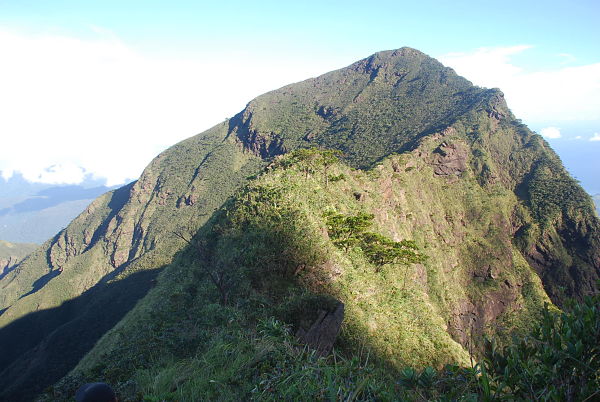National Geographic names Burma as one of its Best Trips for 2013. With a new era in politics being ushered by the homegrown champion of democracy Aung San Suu Kyi, Burma (which the junta changed to Myanmar) has opened up its doors that were, since the 1960s, closed to the outside world.
Unlike the well-trodden traveler circuit of neighboring country Thailand, Burma’s trails are yet to be scuffed up by tourists looking for something authentic. Decades of self-imposed isolation (and embargoes sanctioned by international authorities) left Burma’s indigenous culture relatively unsullied by outside influence.
Burma’s isolation is good news to travelers who have become tired of multinational chains and brands following them even in the remotest corners of the globe. It’s time to see a country that has not yet succumbed to the imperialism of McDonald’s or Starbucks. To ease yourself into this new world of wonders, take a look at how other travelers saw Burma before its recent breakthrough.
Yangon, despite the transfer of capital to Nay Pyi Taw, is still the gateway to the rest of Burma. Founded in 1755 by King Alaungpaya, the “Garden City of the East” is the bustling center of commerce where degrees of outside influence can be felt.
Street food in Burma is just as ubiquitous and cheap as they are in neighboring Thailand. Burmese cuisine, in particular, often comes with helpings of condiments to customize taste.
(Photo by Arian Zwegers)
The most visited and photogenic attraction of Yangon is the Shwedagon Pagoda, a 2,500-year-old temple which contains the relics of Buddha.
Stupas, or conical mounds that contain relics of Buddha, are featured prominently in Burmese Buddhist temples. Golden stupas like these found in Bodhi Tataung usually number in thousands in one temple complex.
Long before Burma fell into the hands of its British colonizers and the junta, it was a country of divided kingdoms, and the kingdom that unified what constitutes modern Burma rose in the Mandalay region which we now know as Bagan. That ancient kingdom of “Pagan” built about 10,000 pagodas, temples and monasteries. The remains, about 3,000 strong, are now enlisted in the Bagan Archaeological Zone, a hotspot in Burma’s nascent tourism.
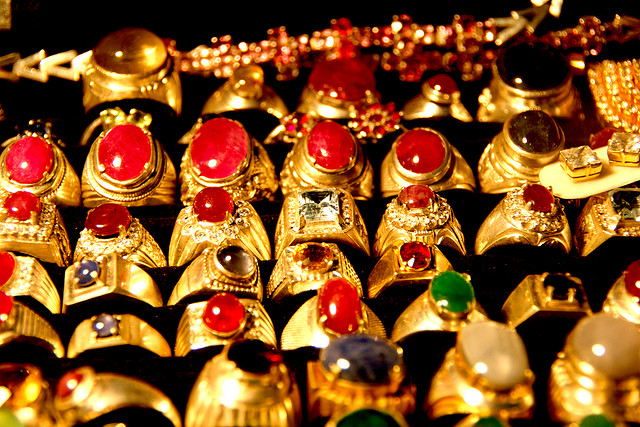
Burma is rich in mineral resources. Flawless – and therefore expensive – rubies are mined in Burma, which is one reason why international jewelers are eyeing to gain entry into this country.
Burma has 2,000 kilometers of coastline that face the Bay of Bengal and Andaman Sea. This means that like Thailand, beaches in Burma are just as sumptuous and sunsets are just as dramatic.
If there is one thing that describes Burma’s beaches best, it is “undertouristed.” The dearth of traveler-sourced images suggests that Burma’s beaches are indeed yet to be explored. So far, this is the best (NASA) view of Mergui Archipelago, a collection of about 800 islands inhabited by the Moken who still live the hunter-gatherer lifestyle.
